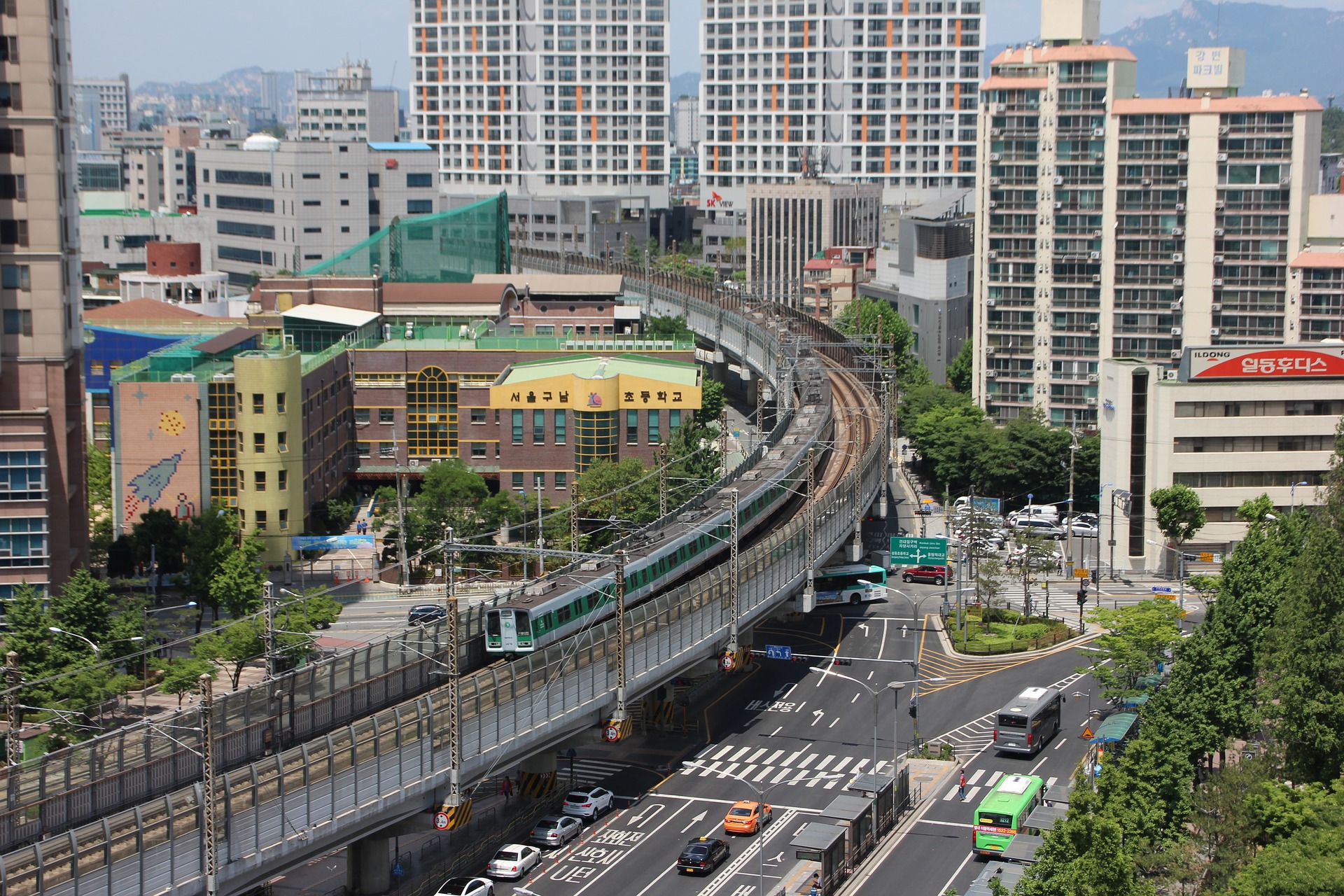928 results found
Featured results



More results
Interrelated challenges are common bottlenecks in the planning process for linear infrastructure designed to address climate change. This article explores how the Linear Infrastructure Planning Panel is enabling InfraTech for accessible decisionmaking.
Unmanned Aerial Vehicles (UAV) are drone-like aircrafts without an onboard pilot which can provide last mile transport similar to car-based ride hailing services.
In light of the potential for PPPs to contribute to a reduction of the $15 trillion infrastructure investment gap, the Global Infrastructure Hub (GI Hub) revamped its PPP Risk Allocation Tool with its updated PPP Risk Allocation Tool 2019 Edition.
This recently updated directory of national and subnational project pipelines in G20 countries enables governments and industries track projects and assemble market analyses
The GI Hub attended the third G20 Infrastructure Working Group (IWG) meeting under the Indian G20 Presidency, held 26–28 June in Rishikesh, Uttarakhand.
This toolkit is designed to help government officials and policy makers evaluate existing and alternative urban bus systems in developing and transitional countries. It offers practical advice to enact fundamental system reforms.

This report discusses whether public-private partnerships (PPPs) are better than conventional public provision and can ensure proper maintenance, timely expansion, and less congestion.

In 2015, SECO undertook a Review of Success Stories in Urban Water Utility Reform. Key tables and diagrams from the Review are presented in this document forming a tool for analysis and dialogue.

In 2015, SECO undertook a Review of Success Stories in Urban Water Utility Reform. Key tables and diagrams from the Review are presented in this document – forming a tool for analysis and dialogue.

The municipality of Porto Alegre, the capital and largest city in the southern Brazilian state of Rio Grande do Sul, was planning to build a new transit artery connecting 20 neighborhoods across the city, including dedicated lanes for the Bus Rapid Transit (BRT) service
Future Grid is adapting electricity distribution networks for cleaner, greener energy by cleansing network data to improve GIS topology, reacting to network capacity constraints in real time, managing voltage and power quality issues, and detecting and managing the impacts of EVs and Solar PV
This report outlines benchmarking techniques, in order to improve the effectiveness of monitoring and evaluation in policy design

V2V technologies are Cooperative Intelligent Transport Systems (C-ITS) that enable communication between vehicles to avoid accidents and and enable the optimisation of traffic flow.
Augmented Reality (AR) and Virtual Reality (VR) can be integrated in all stages of infrastructure planning and design to transport users into virtual environments that reveal what designs could look like when constructed and how they would impact upon the existing environment.
PFRAM is a tool that assesses potential fiscal costs and risks arising from PPP projects.
This Checklist for PPPs has been prepared from the point of view of public policy makers and decision-makers in countries at various levels of development and capacities for the purpose of a high level assessment of a PPP project.

Scaling up existing multilateral solutions and developing new ones are key to increasing much-needed private investment in infrastructure in emerging and developing markets. In her latest article, our CEO, Marie Lam-Frendo shares her thoughts on de-risking instruments as one solution.
The Global Infrastructure Hub is negotiating new, long-term partner hosting of its activities to deliver enduring impact.
A water height and flood management system enables local authorities to predict flooding and avoid building infrastructure in high risk areas.



 InfraTracker
InfraTracker













